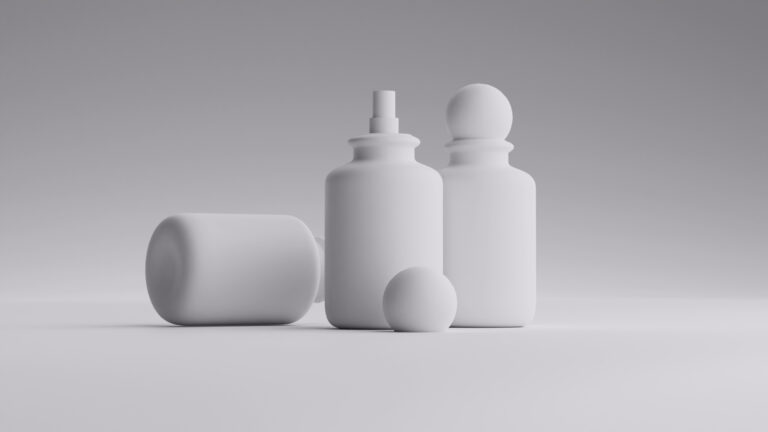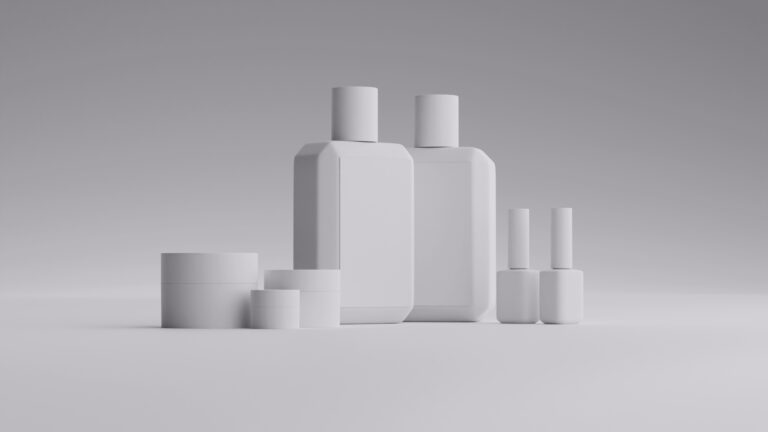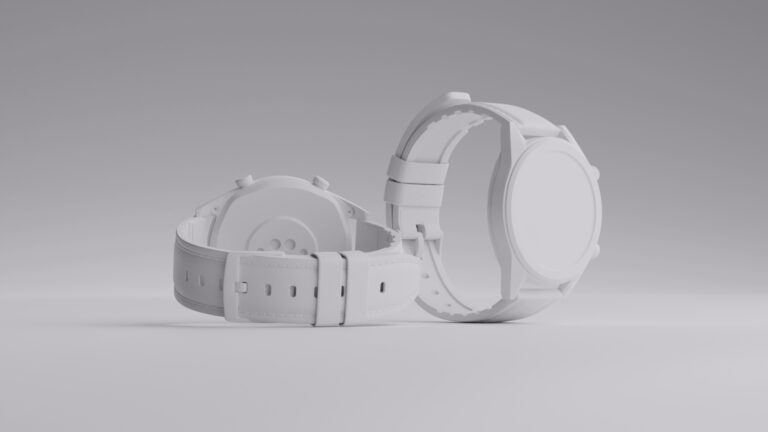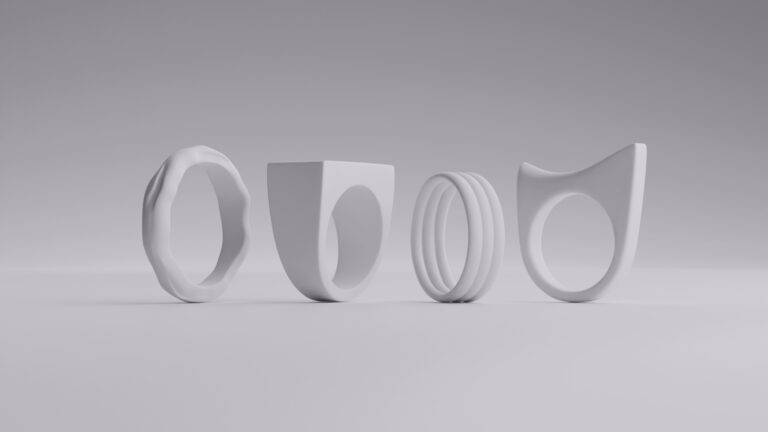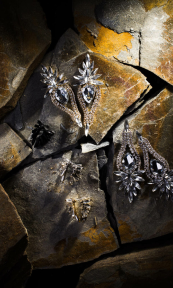When it comes to digital visuals, the terms CGI and 3D animation often get tossed around like they’re the same thing. But the truth is, they’re not interchangeable. They overlap, sure — but they each bring something unique to the table. And if you’re creating product visuals, marketing content, or even a short film, knowing the difference can save you a ton of time, money, and confusion.
So, let’s break it down together. In this post, we’ll explore what sets CGI and 3D animation apart, how they work, where they’re used, and how to choose the right one for your next creative project. No jargon or fluff — just real talk about visuals that sell, move, and inspire.
CGI vs 3D animation: what's the real difference?

CGI stands for Computer-Generated Imagery. It’s the big umbrella that covers all kinds of digital visuals created with a computer — 2D, 3D, static images, animations, and everything in between. 3D animation, on the other hand, is a specific type of CGI. It’s all about bringing 3D models to life through motion.
All 3D animations are CGI, but not all CGI involves 3D animation. That’s where the mix-up happens.
- CGI includes still images
Say you’re selling a sleek new coffee maker. You might hire a CGI artist to render a hyper-realistic image of it — shadows, reflections, stainless steel texture and all. It’s not animated, but it’s still CGI. These photorealistic stills are powerful in e-commerce, architecture, and product design. They let you showcase things before they even exist physically. - 3D animation involves movement
3D animation means those models move — characters walk, objects spin, liquid flows. It’s a full storytelling tool. You can show your product being unboxed, used, or assembled. Think Pixar movies or animated explainer videos. But also think motion-rich ads or AR filters — that’s all 3D animation doing its thing under the CGI umbrella. - 2D animation can also be CGI
Yep, even hand-drawn-looking animations can be CGI if they’re created using software like Adobe Animate or Toon Boom. The key is the “computer-generated” part — not the dimensionality. So, CGI doesn’t mean “3D” by default. It just means “made on a computer.” - Understanding this distinction matters
When you know what you’re really asking for — static CGI visuals vs animated 3D sequences — you can brief better, budget better, and get better results. It’s not about choosing one over the other. It’s about choosing the right tool for the job.
The different types of CGI: not just 3D animation

CGI isn’t one-size-fits-all. It includes a wide range of visual techniques — some animated, some not — each with its own strengths and use cases.
2D CGI
2D CGI refers to flat, two-dimensional images or animations created on a computer. Think cartoons, motion graphics, or infographics. They’re fast to produce and lightweight to run, making them ideal for apps, websites, and social media.
Tools like Adobe After Effects or Animate are commonly used. You’ve probably seen 2D CGI in explainer videos or scrolling banner ads. Even modern cartoons often blend hand-drawn styles with digital polish — that’s CGI in action, just in 2D.
3D CGI
This includes anything modeled in 3D space — with depth, lighting, and texture. It could be a static rendering or a fully animated scene. 3D CGI is common in product visualization, architecture, interior design, and — of course — animated films and video games.
For example, in e-commerce, 3D CGI lets you display products from every angle, zoom in on details, or show how different parts come together. It’s the secret sauce behind many “360-view” product showcases.
Visual effects (VFX)
This type of CGI blends computer imagery with real-world footage. Ever seen a dragon flying through a real city street? That’s CGI-powered VFX. It’s used in film, TV, and increasingly in advertising — especially when the budget doesn’t allow for practical effects.
You might also use VFX for green screen replacements, digital makeup, or background extensions. It’s not always flashy — sometimes it’s just fixing a cloudy sky or removing a boom mic.
Digital compositing
This is the glue that holds multiple CGI layers together. It combines various elements — backgrounds, foregrounds, shadows, lighting effects — into one seamless image or animation. Think of it like assembling a sandwich: each layer needs to look like it belongs with the rest. Without proper compositing, your visuals might look disjointed or artificial, no matter how stunning each layer is on its own.
Compositing is used in everything from movie scenes to product ads. For example, placing your 3D-rendered shampoo bottle into a steamy bathroom scene? That final merge is digital compositing. It ensures the bottle picks up the right reflections, matches the scene’s lighting, and blends in with steam or blur — so it looks like it was actually photographed there.
It’s also how artists add depth and realism to animations, by layering in atmospheric effects like dust, fog, or glows after the main scene is rendered. Even color grading — giving your whole visual a specific tone or mood — happens during compositing. In short, it’s the step that transforms a bunch of separate ingredients into a mouthwatering final dish. And when done well, it’s invisible — you just feel the realism, without ever noticing the stitch work.
Each type serves a purpose
Whether you need a stunning hero image or an entire product demo in motion, understanding the flavors of CGI helps you ask for exactly what you need — and makes your end result way more effective.
Where CGI and 3D animation show up in the real world

Now that we know what CGI and 3D animation are, let’s talk about where they’re used — and why they’re so game-changing in certain industries.
Film and TV
This one’s obvious, but still worth diving into. Movies have been using CGI since the early ‘80s, from “Tron” to “Avatar” to Marvel’s endless parade of blockbusters. Sometimes it’s subtle — like making an actor look younger. Sometimes it’s full-on fantasy — like building entire cities or planets.
3D animation is used when you want a character to move — think Gollum in The Lord of the Rings. Static CGI might be used for background set pieces. And compositing is what merges all these elements together into one jaw-dropping final shot.
Gaming
Gaming is a world where CGI and 3D animation work overtime. Everything you see on screen — characters, environments, weapons — is built with CGI. The movement, interactions, and realism all come from intricate 3D animation work.
Unlike film, gaming requires interactivity. That means real-time rendering, optimized 3D models, and animation loops that react to player input. It’s CGI, but with extra layers of complexity.
Advertising and marketing
Brands are using CGI more than ever — especially as products launch faster than they can be photographed. Want a perfume bottle floating in zero gravity? Or a sneaker made of lava? That’s CGI magic.
Static CGI is great for hero shots and banners. 3D animation brings campaigns to life — spinning shoes, opening boxes, liquid simulations. You can adapt visuals across platforms without needing a reshoot. And in a world where content is king, that flexibility is gold.
Architecture and real estate
Architects use CGI to visualize buildings before they’re built. 3D walkthroughs, flyovers, and even photorealistic interior renders are all common. Static images help sell the vision. 3D animation helps people experience it emotionally.
A rendered image of a living room helps a buyer imagine themselves there. But a short CGI video — the camera panning through light-filled rooms — creates an emotional pull. That’s the power of animation.
E-commerce
From clothing to electronics, e-commerce platforms are embracing CGI for product visuals. 3D modeling allows retailers to show products from every angle, in different colors, or even in simulated use cases — like furniture in a virtual living room.
Add animation, and you’ve got a full product story: how it’s unpacked, how it works, how it fits into a lifestyle. This reduces return rates, boosts conversion, and builds customer confidence.
So where do you use what?
Use static CGI when you need crystal-clear visuals. Use 3D animation when you need to demonstrate, explain, or move people. Often, the best campaigns use both — stills for the main site, animation for social and video ads.
How to choose the right technique for your project

Knowing the differences is helpful. But applying that knowledge to your own work? That’s where it really pays off. Let’s look at some practical guidelines for picking between CGI and 3D animation (or combining them).
Start with your goal
What are you trying to communicate? If it’s all about showcasing a product’s look and finish, a high-res CGI still might do the trick. If you’re explaining how it works or want to trigger emotion, animation may be more effective.
Let’s say you’re launching a new skincare product. Use static CGI for e-commerce listings. Then use animated videos on Instagram to show the creamy texture or transformation story.
Consider your platform
Different platforms have different needs. On a landing page, you might want a crisp CGI hero image that loads fast. On TikTok, you’ll want short animated clips with punch. Animation is great for grabbing attention, but it’s heavier on production. Static CGI is faster and budget-friendly for platforms that prioritize still visuals.
Think about your timeline and budget
CGI stills are quicker to produce and easier to revise. 3D animation takes more time — from rigging and keyframing to rendering. But it pays off in engagement and storytelling.
If you’re tight on time, start with static renders. Then, when you’ve got more resources, turn those assets into animations. That’s the beauty of CGI: once your 3D models exist, they can be reused, reposed, and reanimated endlessly.
Reuse and scalability
One huge perk of CGI (especially 3D modeling) is reusability. You can tweak lighting, angles, and even textures without starting from scratch. And once you animate a model, you can use clips across YouTube, social, ads, and your site. CGI gives you assets you can grow with. It’s not a one-and-done thing — it’s an investment in long-term visual content.
Bottom line?
Choose static CGI when you want stunning visuals on a deadline. Choose 3D animation when you want to explain, excite, or emotionally connect. Or mix the two and get the best of both worlds.
If you’re in e-commerce, CGI is your secret weapon. It lets you create high-end product photos without the cost or hassle of traditional shoots — no shipping, no props, no last-minute weather delays. You can showcase every color, every angle, and every detail with pixel-perfect precision, all before your product even hits the shelf. Whether you’re launching a new line or refreshing your catalog, CGI gives you total creative control, fast turnaround, and visuals that sell.
Wrapping up
At first glance, CGI and 3D animation can seem like the same thing. But now you know — CGI is the big picture, and 3D animation is just one piece of it.
CGI includes all kinds of computer-generated content: still images, 2D motion graphics, visual effects, and more. 3D animation is where things move — and where stories unfold in space and time.
Understanding these tools helps you make smarter creative choices. Whether you’re selling a product, pitching a concept, or launching a brand, the right visuals can make or break the moment. And with CGI and 3D animation in your toolkit, you’re set up to shine.
So go ahead. Explore, experiment, and don’t be afraid to get creative. The digital canvas is wide open.
FAQ
What’s the main difference between CGI and 3D animation?
CGI refers to any visuals made with a computer, including static images and animations. 3D animation specifically involves movement — bringing 3D models to life through motion.
Can CGI be 2D?
Yes! CGI isn’t limited to 3D. If it’s made on a computer — even if it looks hand-drawn — it’s CGI. Think of motion graphics, cartoons, or animated logos.
Is 3D animation more expensive than CGI stills?
Generally, yes. 3D animation takes more time and resources because it involves motion, rigging, and rendering. But once assets are built, they can be reused in multiple formats.
Where is CGI used in real life?
You’ll find CGI in movies, games, ads, architecture, product design, and even medical imaging. It’s everywhere — from the Marvel universe to your favorite shopping app.
Should I use CGI or 3D animation for my brand?
Depends on your goals. If you need sharp product visuals, start with CGI stills. If you want to tell a story or demo how something works, go for 3D animation. You can always combine both for maximum impact.








